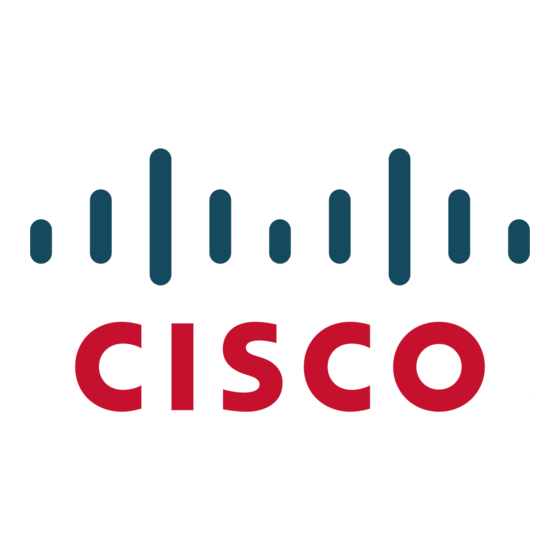Cisco Cisco 7940 Handbuch - Seite 2
Blättern Sie online oder laden Sie pdf Handbuch für IP-Telefon Cisco Cisco 7940 herunter. Cisco Cisco 7940 35 Seiten. 2 line appearance phone
Auch für Cisco Cisco 7940: Benutzerhandbuch (19 seiten), Benutzerhandbuch (13 seiten), Benutzerhandbuch (12 seiten), Individuelles Benutzerhandbuch (2 seiten), Benutzerhandbuch (15 seiten), Installations- und Konfigurationshandbuch (10 seiten), Benutzerhandbuch (23 seiten), Benutzerhandbuch (14 seiten), Referenzhandbuch (2 seiten), Kurzreferenz-Handbuch (2 seiten), Benutzerhandbuch (13 seiten), Benutzerhandbuch (16 seiten), Benutzerhandbuch (9 seiten), Referenzhandbuch (4 seiten), Kurzreferenz-Handbuch (8 seiten), Schnellstart-Handbuch (12 seiten), Kurzreferenz-Handbuch (12 seiten), Benutzerhandbuch (20 seiten), Benutzerhandbuch (14 seiten), Kurzreferenz-Handbuch (12 seiten), Benutzerhandbuch (6 seiten), Referenzhandbuch (17 seiten), Benutzerhandbuch (3 seiten), Schnelles Benutzerhandbuch (2 seiten), Handbuch zur Schnellinstallation (1 seiten), Handbuch (21 seiten), Benutzerhandbuch (3 seiten), Kurzreferenz (2 seiten), Schnellstart-Handbuch (2 seiten), Kurzreferenz-Handbuch (2 seiten), Referenzhandbuch (3 seiten), Benutzerhandbuch (12 seiten), Benutzerhandbuch (12 seiten), Benutzerhandbuch (4 seiten), Schnelles Benutzerhandbuch (2 seiten)

